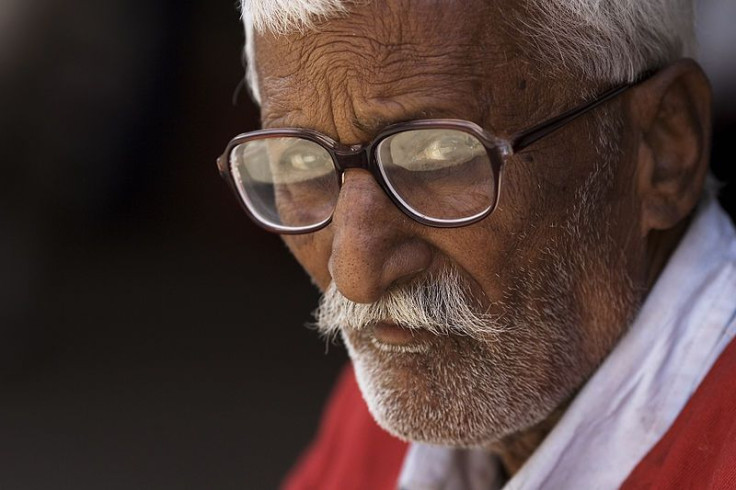South Asians Need More Exercise To Prevent Diabetes

Physical activity and healthy eating is important for anyone, whether or not you have diabetes. But South Asian men might need a little extra physical activity if they want to avoid the disease because they tend to have higher amounts of body fat and blood sugar levels compared to white European men, a new study says.
Scottish researchers measured blood sugar levels, insulin resistance, and other diabetes risk factors in 100 South Asian men and 100 white men between the ages of 40 and 70, none of whom had diabetes. Then they were tested on their physical fitness by running on a treadmill while their body size and body fat were calculated.
In South Asian men, the risk factors of lower fitness levels and more body fat accounted for 83 percent of their increased insulin resistance. When the body's cells become resistant to insulin, the pancreas produces more of it, which can eventually lead to hyperglycemia, a condition which progresses to type 2 diabetes. However, the researchers say ethnic differences accounted for the higher levels of body fat and lower levels of physical fitness because the South Asian men had all-around lower levels of physical activity.
"The fact that South Asians' increased insulin resistance and blood sugar levels are strongly associated with lower fitness levels, and that increasing physical activity is the only way to increase fitness, suggests that South Asians may need to engage in greater levels of physical activity than Europeans to achieve the same levels of fitness and minimize their diabetes risk," Dr. Jason Gill, researcher at the University of Glasgow, Scotland, and author of the study, said.
People of South Asian descent are already three to five times more likely to develop diabetes. In the U.S., South Asians are seven times more likely to have type 2 diabetes than the rest of the population, with an even greater risk among those living in New York City. The study found that South Asians' bodies just don't respond as well to exercise when compared to white European men.
"This study points out that a large component of the increased risk is decreased cardiovascular fitness," Dr. Mary Ann Banerji, director of the diabetes treatment center at SUNY Downstate Medical Center, told Everyday Health. "Whether that's because they are more sedentary or because there's some inherent genetic problem is unknown."
But food is ingrained into the South Asian culture, Banerji said, and although she recommends South Asians stay lean and fit, she says it will be difficult.
"People from that part of the world love to eat, and eating very little is not part of their culture," she said. "If someone offers you food and you don't take it, you don't love them. In addition, they are fundamentally sedentary."
She says it's important for everyone to know their risk for developing diabetes and to get tested for it. India has the highest number of diabetics, with 50.8 million, followed by China, which has 43.2 million. The numbers point to the importance for South Asians — and the rest of the world — to recognize their risk for diabetes.
"People need to know that if they are of South Asian descent, they are at higher risk of diabetes," Banerji said. "Knowing your risk is important. If you are not aware, you cannot change."
Source: Ghouri N, Purves A, Gill J, et al. Lower cardiorespiratory fitness contributes to increased insulin resistance and fasting glycaemia in middle-aged South Asian compared with European men living in the UK. Diabetologia. 2013.



























